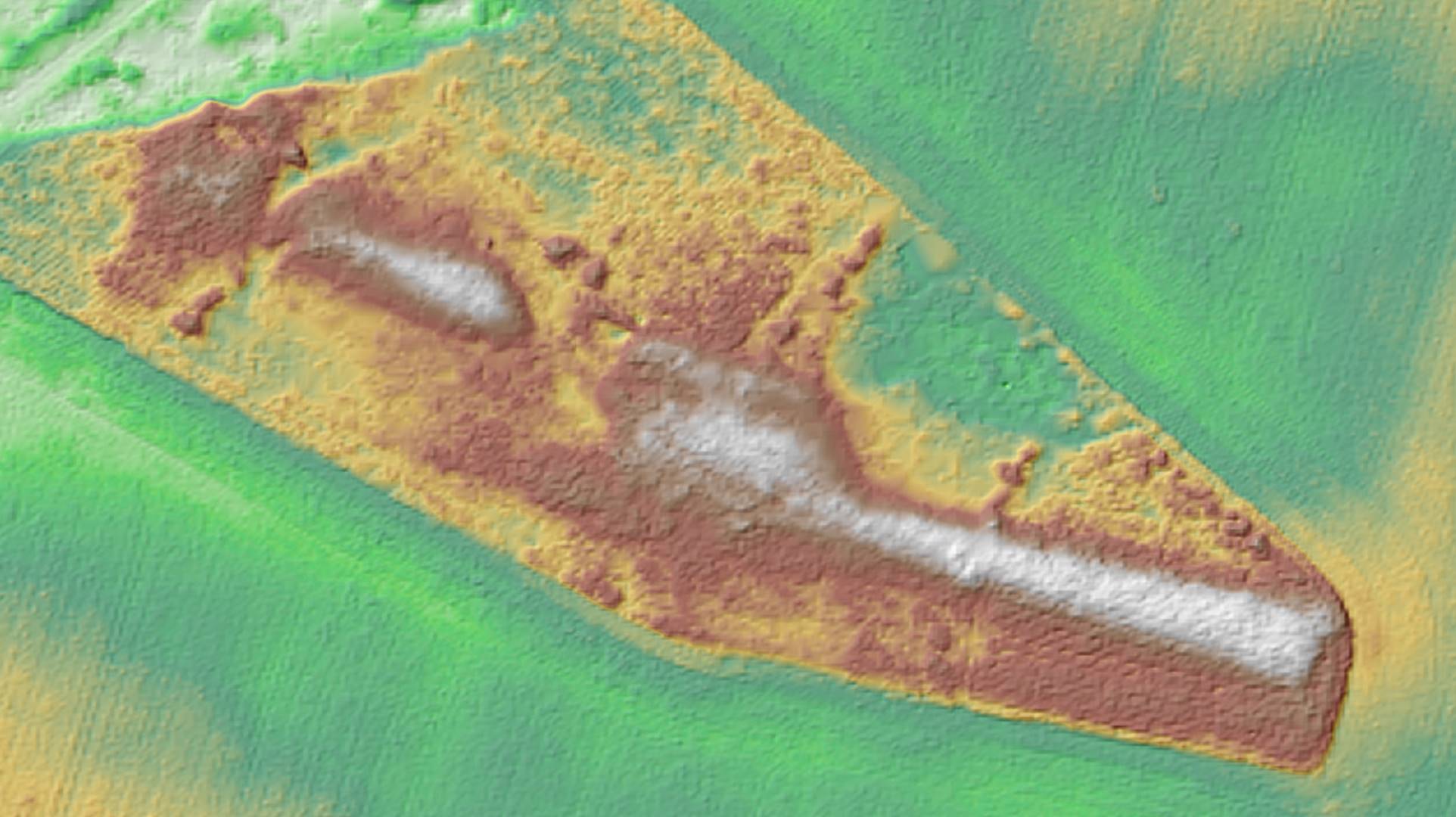Austrian Mummy Reveals Forgotten Embalming Secret from the 18th Century
Researchers identify a parish vicar mummy in Austria, uncovering a rare embalming method. The study rewrites medical history and challenges long-held assumptions about pre-modern body preservation.
1. What secrets did this Austrian mummy hold for centuries?
In May 2025, scientists finally identified a remarkably preserved mummy found in the crypt of St. Thomas am Blasenstein, Austria. It belonged to Franz Xaver Sidler von Rosenegg, a parish vicar who died in 1746. For decades, locals dubbed him the “Air-Dried Chaplain.” This recent identification came through modern forensics like radiocarbon dating and CT scanning. Researchers were amazed by his state of preservation—unlike most mummies, his torso remained largely intact with minimal decay. This discovery has stirred global curiosity and historical reevaluation.
2. Why was this embalming method so radically different?
Unlike traditional methods where organs are surgically removed, embalmers inserted preservatives rectally—a previously undocumented method. Inside the abdominal cavity, researchers found fir chips, twigs, and even silk cloth, which helped preserve the body from within. Chemical analysis revealed zinc chloride and traces of arsenic, contributing to the drying effect. This method contrasts with known European embalming techniques and may reflect localized innovation. The lack of external incisions further supports the uniqueness of this approach. According to Dr. Andreas Nerlich, such findings can shift the paradigm in archaeological pathology.
3. Who was the man beneath the linen?
Franz Xaver Sidler von Rosenegg lived in mid-18th century Austria and served as a parish vicar. He died at around 35–45 years old. Analysis of bone density and muscle wear suggests he led a sedentary lifestyle, typical of a clerical figure. His diet consisted of local grains, meats, and freshwater fish, consistent with a person of aristocratic status. Researchers also found signs of advanced tuberculosis and chronic smoking, suggesting poor lung health at the time of death. These details, supported by isotopic and anatomical data, help humanize a long-forgotten figure.
4. What materials were used to preserve the corpse?
The embalming material mix was surprisingly organic and local. Inside the trunk cavity, forensic teams discovered wood chips from fir and spruce, linen, hemp, flax, and fragments of silk. Toxicological tests identified drying agents like zinc chloride and small amounts of copper and arsenic. These elements collectively created a desiccating environment, effectively preventing decomposition. Researchers believe these materials were easily sourced in the region and may have had symbolic as well as practical significance. Such an environmentally tailored approach defies the broader assumptions of standardized 18th-century embalming.
🧾 Quick Fact Box
| Detail | Description |
|---|---|
| Name of the Deceased | Franz Xaver Sidler von Rosenegg |
| Date of Death | 1746 |
| Discovery Site | St. Thomas am Blasenstein, Austria |
| Researchers | Dr. Andreas Nerlich et al., LMU Munich |
| Publication | Frontiers in Medicine, May 2025 |
| Unique Feature | Rectal insertion embalming technique |
| Preservation Agents | Zinc chloride, arsenic, fir wood chips, silk |
5. Could the preservation have religious or symbolic reasons?
Historians suggest that the embalming method may reflect religious rituals or local traditions. The presence of a glass bead—possibly part of monastic attire—suggests ceremonial handling. Furthermore, since there was no evidence of dissection, the preservation may have aimed to respect bodily sanctity. Another theory is that the body was prepared for transport to Waldhausen im Strudengau monastery, but remained in St. Thomas for unknown reasons. Both hypotheses show how faith and practicality intertwined in post-mortem customs of the time. Verified sources underscore these possibilities with cultural parallels.
6. How does this change modern forensic understanding?
This is the first confirmed use of this unconventional embalming method in European history. Researchers assert that future archaeologists should now account for undocumented preservation styles when examining similar cases. The study underscores the importance of multi-layered analysis—including CT scans, isotope studies, and toxicology. According to Dr. Nerlich, such cases “expand the known toolkit of historical mortuary practices.” This discovery not only revives an obscure method but also highlights the limitations of relying solely on visible external indicators in mummy research.
7. What did earlier studies miss about this mummy?
Back in 2000, Austrian pharmacologist Bernhard X. Mayer used portable X-rays and suspected poisoning due to the mummy’s condition and chemical traces. However, the latest analysis discounts that theory. Instead, it provides a far more complex picture involving a natural drying process supported by a chemical-absorbent combo. Mayer’s initial analysis lacked access to advanced imaging and molecular diagnostics available today. The evolution of scientific tools has thus recontextualized earlier assumptions, reminding us that even studied specimens can yield new facts when revisited thoroughly.
What makes this story a must-read?
This discovery redefines embalming history through science and mystery. It teaches that even centuries-old remains can unlock secrets of forgotten rituals, merging culture, medicine, and belief in one story.
This article was originally published in Frontiers.
Share this content:















Post Comment